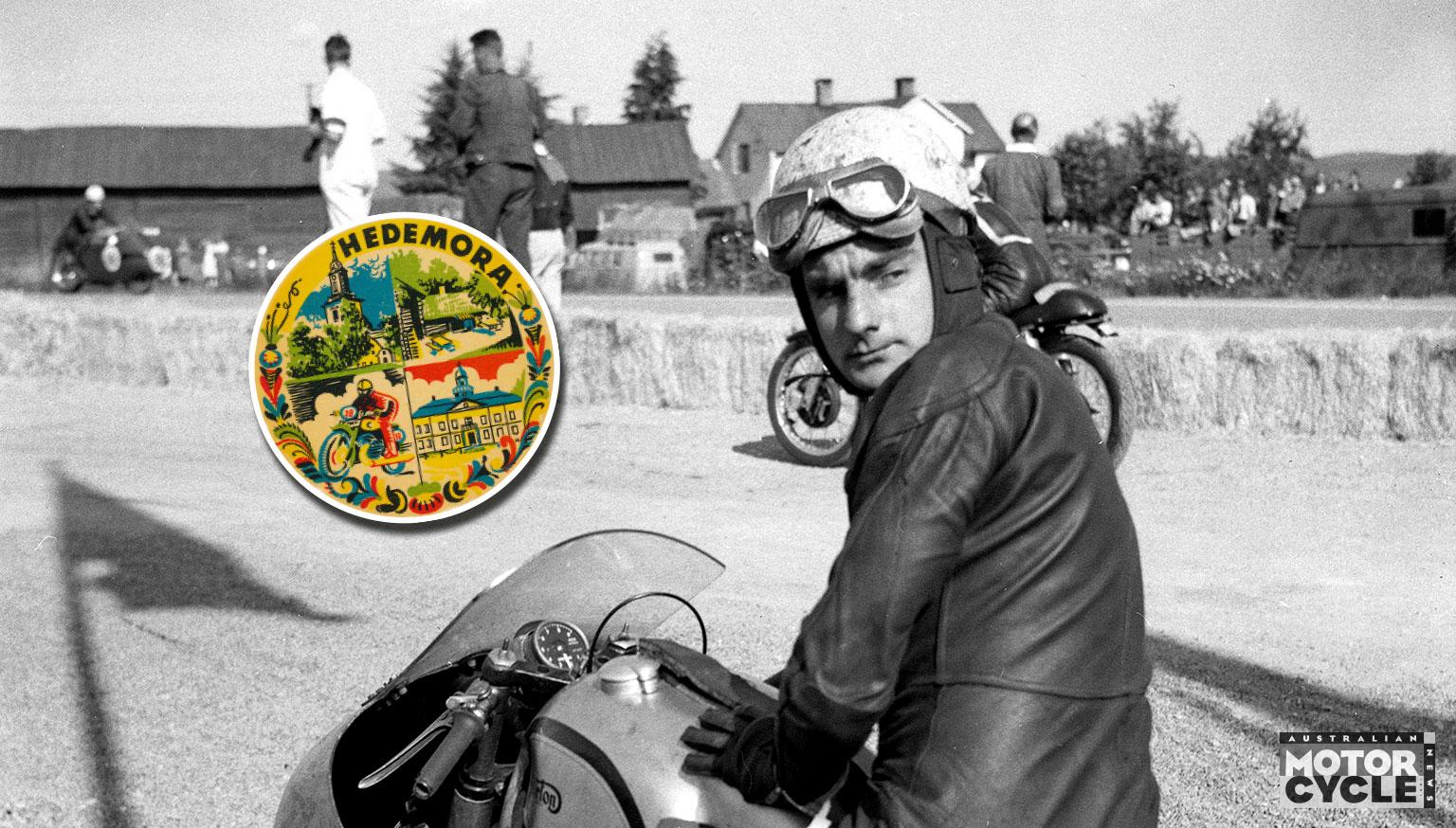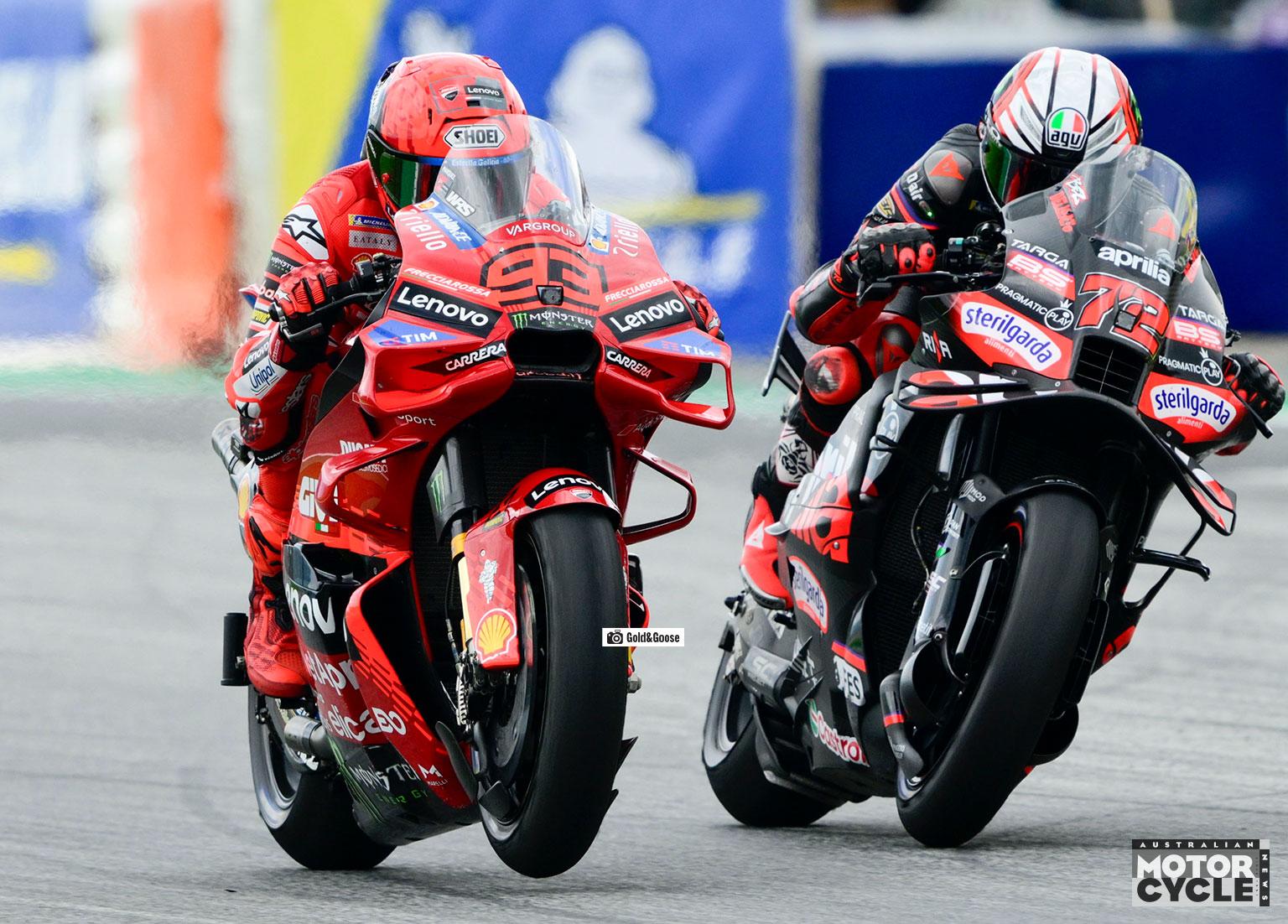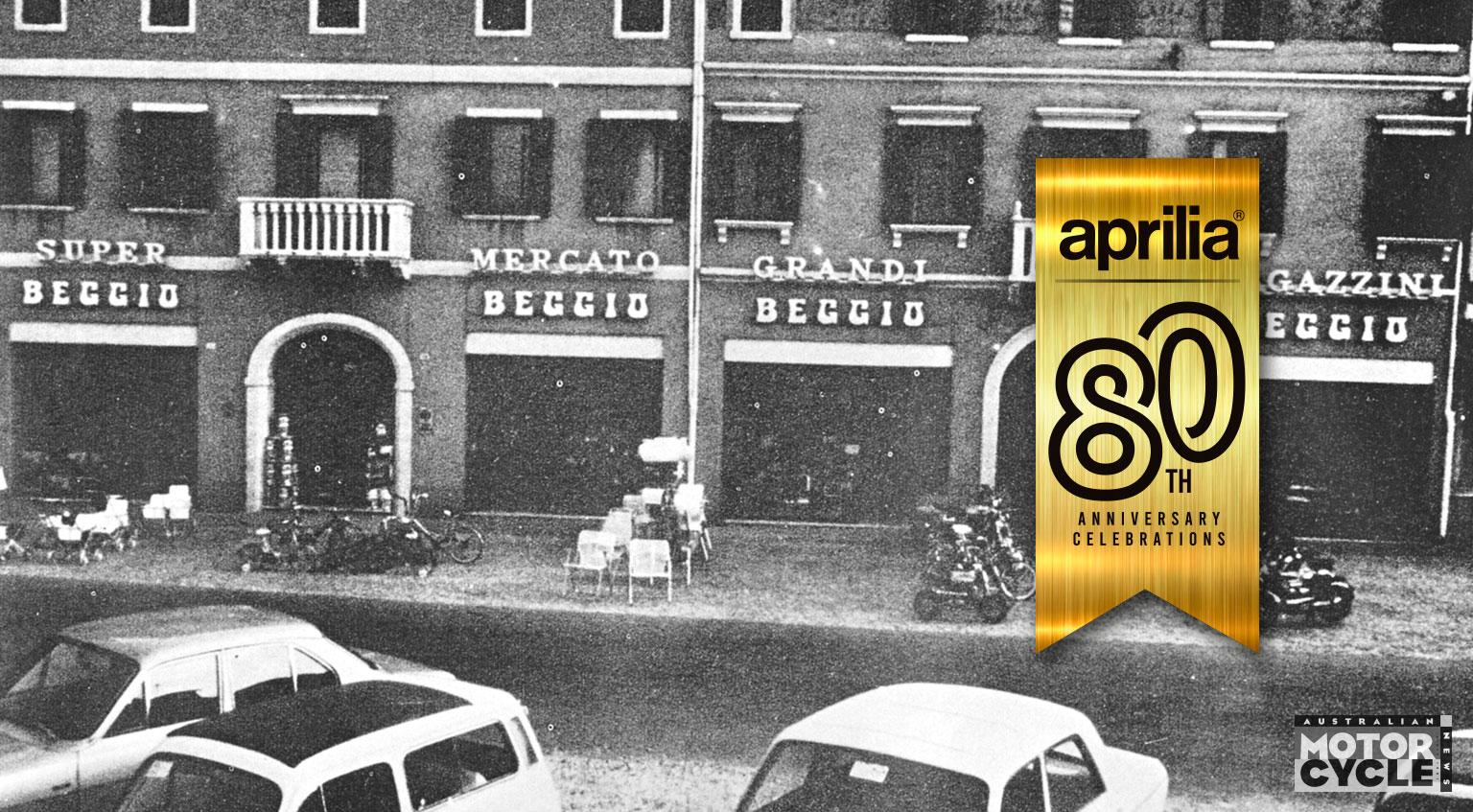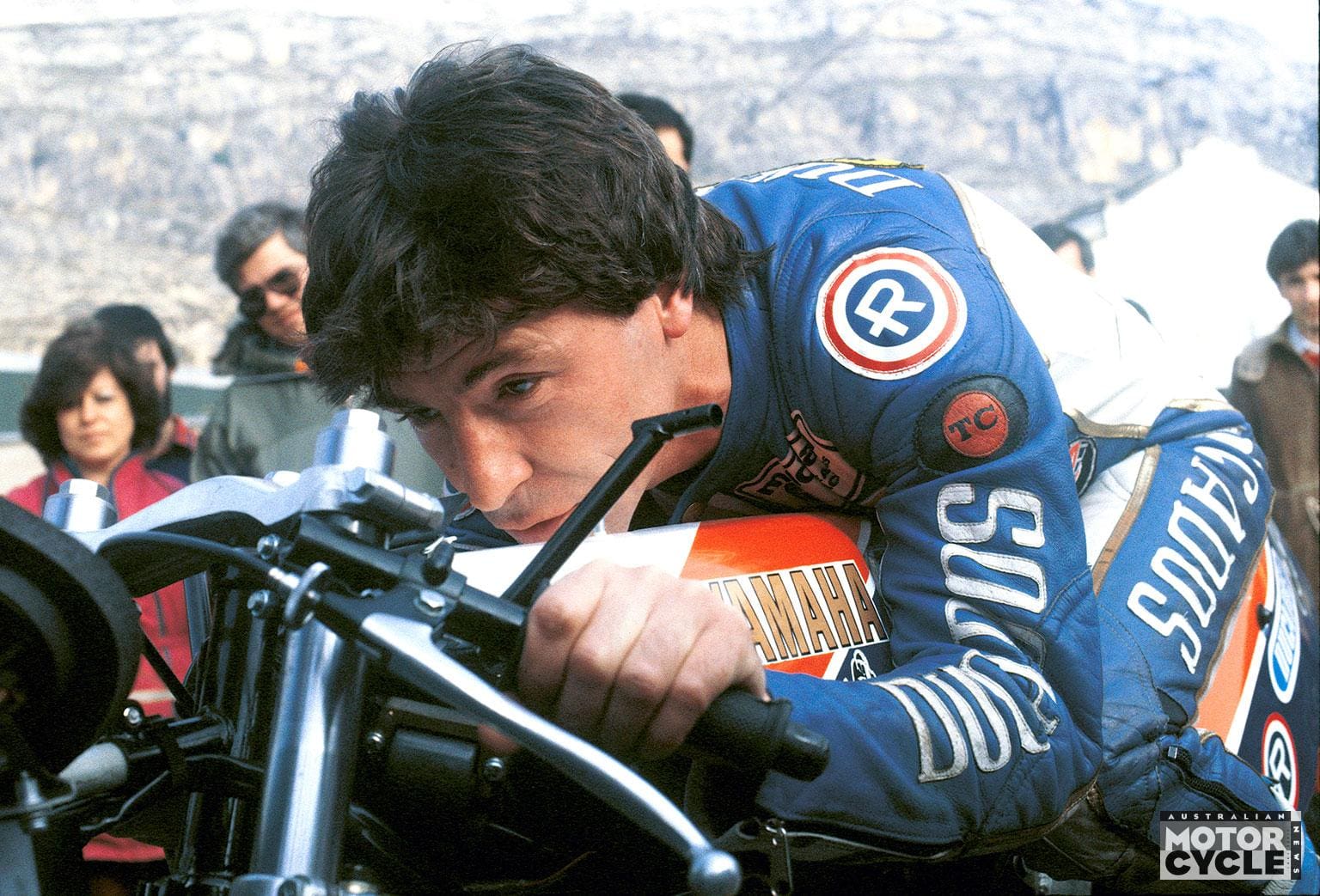Life in Europe was pretty tough for a fledgling racer in the early sixties. It was a hard life if you chose to be a member of the Continental Circus – at best you’d leave as a world champion; at worst you’d leave in a box. But the reality was most riders struggled from race to race on shoestring budget.Whenever Ginger Molloy and his mechanic Gary Williams travelled onto the continent they slept either under the stars, between the bikes inside the van, or even on top of the bikes using a thin foam squab laid over the top.
Yet by the time Molloy finished his professional career at the end of 1971 he’d amassed an astounding 66 international race victories spanning seven years in Europe and a season in the USA. He also won races in Singapore, Indonesia, Australia, and his homeland in New Zealand.
Aged 15, William Molloy would cycle to the local scrambles near Huntly, in the Waikato district on the North Island. Although he’d decided to get a motorcycle of his own, his mother had other ideas and a compromise led to the purchase of a slow 150cc Triumph T15 Terrier.
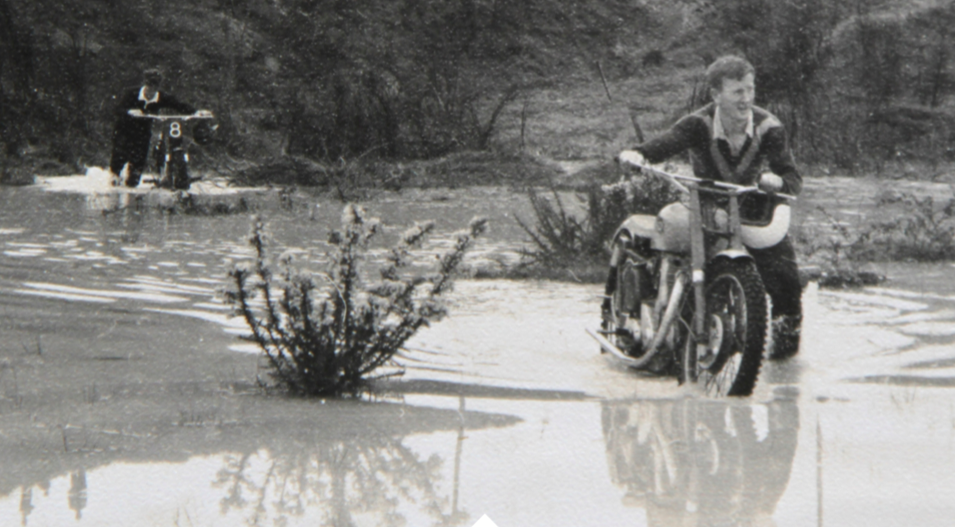
Molloy recalls, “It was a shit of a thing but it got me into a bike, and it got me down to Wanganui on Boxing Day – I’d just turned 16 on Christmas Day, 1951.” It was a 400km trip to watch the inaugural running of the now famous Cemetery Circuit.
Next came a 125cc Royal Enfield, then a dirt track Tiger 70 that ran on methanol but was slowed down by a worn out camshaft. A 16-year-old apprentice mechanic, Molloy welded the lobes then ground them back to shape. A 530 AJS followed, then a DBD Gold Star racer in 1958.
“It was very, very fast! I rode it to the Whakatane hill climb,” Ginger remembers. “Hugh Anderson and I rode there together. We had to evade the cops, especially with the megaphone! In practice I was faster than Hugh but in the time trial I finished second. Then I bought a 46hp Gold Star 500 DBD, and I had a lot of success on that.” Europe beckoned.
Molloy caught the steam train to Wellington with a suitcase, a toolbox, and his G50. It was a six-week journey to Britain on the MV Fair Sky, and what a voyage that turned out to be as Ginger met his future wife, Claire, after she boarded at Brisbane on the way! It was a big step to race overseas when the only information available was through word of mouth. “I was 25 when I arrived, in 1963”.
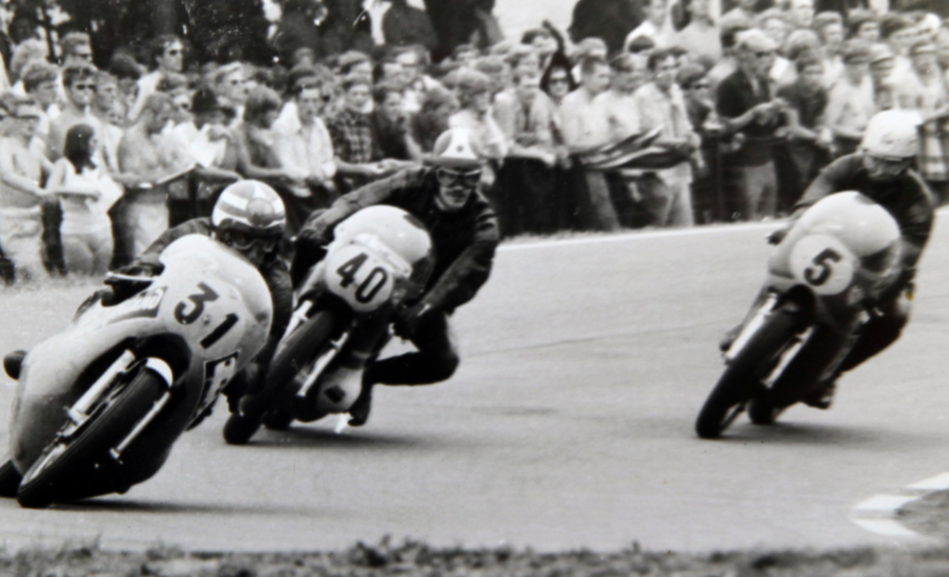
Molloy chose to ride in the 250cc class and purchased a 1962 Bultaco TSS125 two-stroke from importer Frank Sheene in London, which they converted to a TSS196. Working in the Huntly mines, Ginger had earned enough cash to also buy a new AJS 7R 350.
His second ride in Spain at the end of 1963 landed Molloy a works ride after he enjoyed a huge 125cc battle for second with Ralph Bryan on a works Bultaco at Zaragoza. Before the race, Molloy had stopped at the Bultaco factory, where they offered to fit a 125cc engine in place of his 196cc motor.
“When I got back to the factory Bultaco asked me to ride for them! They also asked Ralph to ride for them. Ralph was going to concentrate in England and I was going to concentrate in Europe. I didn’t know this until the next year, but Honda wanted Ralph, so Honda had to pay Bultaco out to get Ralph. It’s a pity they hadn’t wanted me!”
It could have been a very different story altogether if Honda had taken notice of the Kiwi. The Huntly racer gained several important podiums at internationals early on, such as at Schleiz in East Germany, which boosted his career. With points only scored down to sixth place, Molloy earned his first world championship point at Monza in 1965 after crossing the line sixth. Fellow countryman Hugh Anderson won that 125cc Grand Prix, and the world title that year.
“I won the Ulster 250cc Grand Prix in 1966. I remember The Motorcycle or Motorcycle News had ‘Bultaco Fairytale Win’, with a big photo of Tommy Robb on the front page. And a small photo inside of ‘Ginger Molloy at speed winning at the Ulster Grand Prix’.”
The 125cc Ulster GP in 1967 was the next time Molloy earned a point, but in that period it was difficult to obtain a start from the organisers at some grand prix meetings, and he never wanted to race at the Isle of Man.
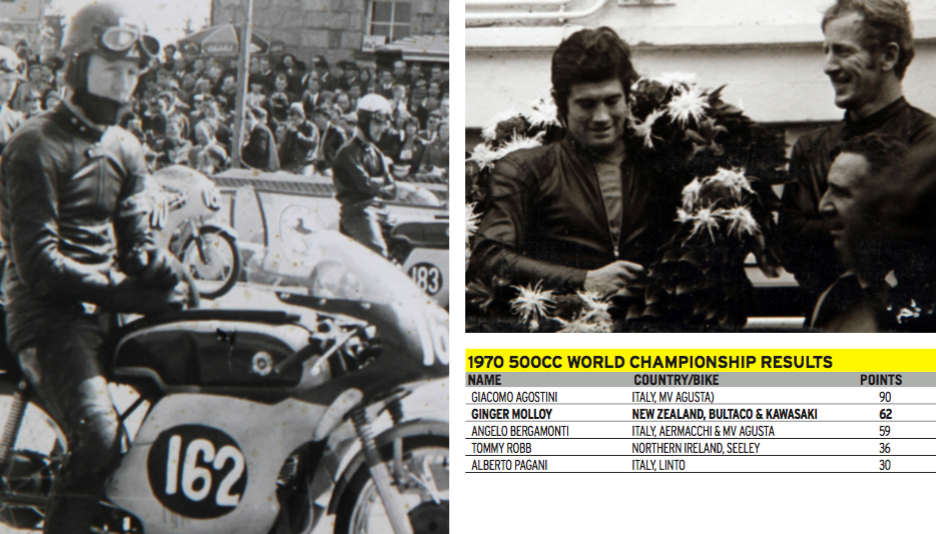
FAR RIGHT: Giacomo Agostini and Molloy, Nürburgring 1970
1968 was a good year for Molloy who finished third in the 125cc world championship on his uncompetitive single cylinder TSS125, twice making the podium. “In the Spanish Grand Prix I finished second. I also finished second in the Dutch TT that year. Ángel Nieto, Cañellas, Dieter Braun, the works MZs … they were all far behind me.”
By then the advanced Japanese multi-cylinder machines were taking over.
Ginger Molloy finished the 500cc season in 26th equal position in 1969, with 10 points for Bultaco. He earned a podium in the premier 500cc class at Jarama in Spain when he finished third behind race winner Agostini for MV Agusta, and Angelo Bergamonti on a Paton.
He fared better in the 1969 125cc world championship, finishing sixth. “I got third in the French Grand Prix. But the Yamaha 125s were around then, the Yamaha would out-accelerate a Bultaco like nothing.”
Molloy became the first person outside of Japan to race one of the new customer Kawasaki H1R racers, which came about the long way round. “Andy Richmond phoned up from America to get me to ride Daytona, in 1970. He was a sales rep for Bultaco and Kawasaki.
“I was going there to buy it as they had 50 H1Rs in America. They were for Americans and I was the outsider. We put the Kawasaki together, it cost me US$1500 and wearing just shorts, no shoes or helmet, I rode up the road and when I got back checked the rev counter with the gearing, and I’d done 150mph. It was too late to put clothes on now!
“I pulled it to bits and I did the bottoms of the ports and pistons with a pencil grinder. I didn’t change the shape of anything, just realigned the gas flow like I’d learnt to do on the Bultacos.
“When I got to Daytona on the first day I did a lot of carburetion checks to get that right, and it had a 320 [main jet] in the right, a 315 on the left and a 310 in the centre cylinder. The right cylinder does the most work with the gears driving off it, and the middle one gets the hottest. They used to come out standard with the same jets and across the pits was a Kawasaki garage, and going over there I wanted to know this and that, but they didn’t want to know me.
“After the first day my bike went through the speed trap at 159mph – and Kawasaki were over here telling me what to do then!
“On the first lap of the race we started off in the pits and went into a tight corner where I ran off the road into the mud. I heard a rattle and I thought ‘A head bolt has broken’. So I got back onto the track where I was dead last, there were three rows with 90 starters so I just battled on. I had three petrol stops and on the last lap I caught Don Emde on a Harley Davidson. They were going through the speed trap at a 150mph and I couldn’t pass them down the back straight. I had lost acceleration and lost my top speed so I plodded on to finish sixth or seventh.”
After Daytona Molloy took his prized H1R 500 to Europe where he used it to great effect in the world 500cc championship, even though the ultra-fast two-stroke suffered more than a few mechanical issues. Molloy had been on the Bultaco payroll for some years by now and the factory supplied the by now uncompetitive single-cylinder machinery, but still didn’t pay for a mechanic.
What many don’t realise is that Ginger Molloy raced a Bultaco TSS360 as well as his Kawasaki H1R during the 1970 season, when he finished second in the world 500cc championship. “I rode my 360 Bultaco at the Nürburgring in the West German Grand Prix (round one, 3 May), on the big 22.8km circuit. It’s a really fast track and I didn’t get a good start. A two-stroke with a big 88mm x 64mm piston with no flywheels was like pushing shit uphill. I was dead last away and the track went down and did a ‘U’ turn through the pits and went onto the track, then it made a loud ‘bang’. I stopped and the rear brake had disintegrated, the rear torque arm was hanging there but it was safe, so I continued on. I finished the race fifth!”
Ginger chose the Bultaco over his fuel-hungry H1R triple as he would have needed to make a fuel stop during the race, won by Agostini. It was the only time Molloy raced the Bultaco in the premier class that season.
“It blew the centre carburettor off at Opatija (Round 3, Yugoslavian Grand Prix) going up the hill! So the ignition was firing badly. One day it would drive good, but the next day it wouldn’t.
“It was a great year, a magic year. In Finland [Round 9, Imatra] I had a new Krober ignition fitted. We were camped by the road in the rudimentary pits and we had to find a lathe and put the ignition on. We got it going just in time to go out in practice and the bike was very lively, a totally different bike!”
After a great year in Europe gaining second in the world 500 championship, Ginger Molloy returned in 1971 but only rode at two events before packing up and leaving for the USA.
Molloy explains why: “I went back to Europe in 1971 but it had changed overnight – it was strange. Claire went back to Australia with our three kids. Angelo Bergamonti had died in an early season crash in Italy, and all the Italian meetings were cancelled.
“Everything had changed dramatically from 1970 to ’71. The pits were full of ‘holiday riders’. Virtually no one stayed in the pits afterwards, and they were putting planking around the track for the cars. These were on spikes and several riders had been killed on them.
“Phil Read arrived in the pits in his Rolls Royce towing a trailer, and was camped not far from me. The pits were massive at Hockenheim. On the first morning an announcement was made over the PA system in English, ‘We are taking up a collection to help Phil Read to get home, as someone had stolen his wallet in the caravan’. The whole pits burst out in laughter, especially the Germans, because he had start money after the race!
“In the 250 race my bike was flying. I got a reasonable start, Phil Read and Rod Gould got off to a good start, and Hockenheim has long straights and long corners. I caught them on the fourth lap, and my friend said the whole stadium erupted when I came into ‘stadium’ in front. I led for a few laps and then the Krober ignition failed, so after that I went to America.”
Molloy raced against some tall timber in the USA, including Cal Rayborn, Kenny Roberts and Gary Nixon. “I won a lot of races in the USA, but mainly three important ones, in Canada and the USA. Mosport in Canada was one, on the H1R. I had a TD2 250 up there too, but I didn’t win on that.”
By year’s end, and with a growing family, Molloy decided to retire from professional racing.
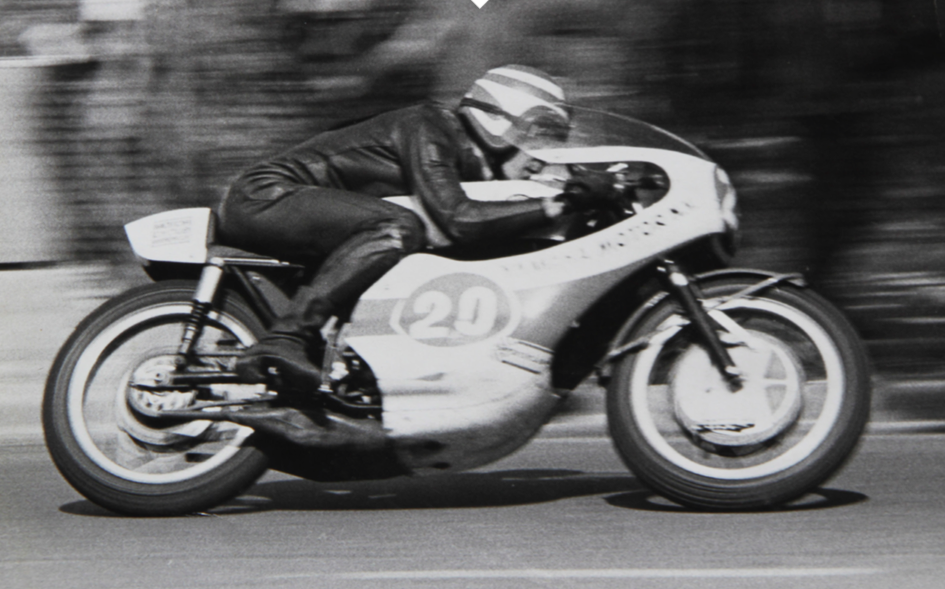
Retirement
Molloy can speak several languages including Spanish, German and Italian. He became a popular figure in Europe and still receives fan mail. “I used to like racing in Yugoslavia, East Germany, Czechoslovakia, Hungary – they really appreciated you.”
His 1972 Bathurst race for the Australian Grand Prix with eventual race winner Bill Horsman became legendary. Molloy had already won the Lightweight TT. Over the next few years Molloy successfully raced in Australia, Asia and New Zealand with several important wins, including the 1973 Singapore Grand Prix and the 1974 NZ Castrol 6 Hour on a Kawasaki Z1, solo.
By then he’d opened his Hamilton-based Ginger Molloy Motorcycles business, and later turned to karting with some success.
Aged 35, Ginger Molloy retired at the end of 1975 with a history of top results behind him, including 66 international victories. In all his time and the many different road and street circuits he raced on, Ginger never broke any bones!
Friends and rivals
Current MotoGP Race Director Mike Webb started working for Ginger Molloy as a schoolboy. “I started working for Ginger Molloy in his Hamilton bike shop shortly after he returned from overseas in 1971,” Webb recalls. “He was second in the 1970 500cc World Championship on a private Kawasaki, beaten only by Agostini on the factory MV Agusta, so you can understand how I soaked up a bit of European road-racing culture. The part-time job after school and between university courses soon became full time, and when Laurie Love bought Ginger’s shop a little later I stayed on, and Laurie persuaded me to have a go at road racing.”
Sydneysider Rob Hinton is a good friend of Ginger. “Yes, we go back to probably 1965. The first time I met Ginger I was in Europe with my brother Eric, racing, and Ginger was a factory Bultaco rider. We all used to travel together in a convoy, so we’d look after each other, and we’d always park together in the pits,” Hinton explains.

“I was a mechanic for Eric. One year that I came out to NZ I was a mechanic for Ginger, about Christmas ’68 or ’69. He brought his 350 Bultaco back and I came over and worked on it.”
John Woodley, who now lives near Melbourne, raced against Molloy early in his own international career. “He had a TZ350 when I had one, but he was usually miles ahead, then. I remember seeing Ginger race at Wigram on his Kawasaki H1R, in white leathers coming through the sweepers, and he was so stylish and smooth,” Woodley says.
“We went around to Ginger Molloy’s shop, and he actually invited us to come and stay at his place in Huntly. At about 9.30pm I said ‘It’s bedtime for me’, but he said ‘I don’t think so’. At 10 all his mates arrived from the pub so there was an impromptu party in his shed. And the next thing there’s a competition who can start the H2R by pulling the back wheel! They were taking turn at working the controls and pulling at the wheel. This was an eye-opener because here’s a guy who got second in the world 500 championship and he’s having fun, and Ginger was big into having fun.
“I really liked the fact he was really tough on the track – he was a hard man to race against and he didn’t give any quarter. He was a terrifically experienced and stylish rider.”

WORDS TERRY STEVENSON PHOTOGRAPHY MOLLOY ALBUM AND TERRY STEVENSON
